Home>Construction & Tools>Building Materials>What Is Cheaper Stucco Or Siding
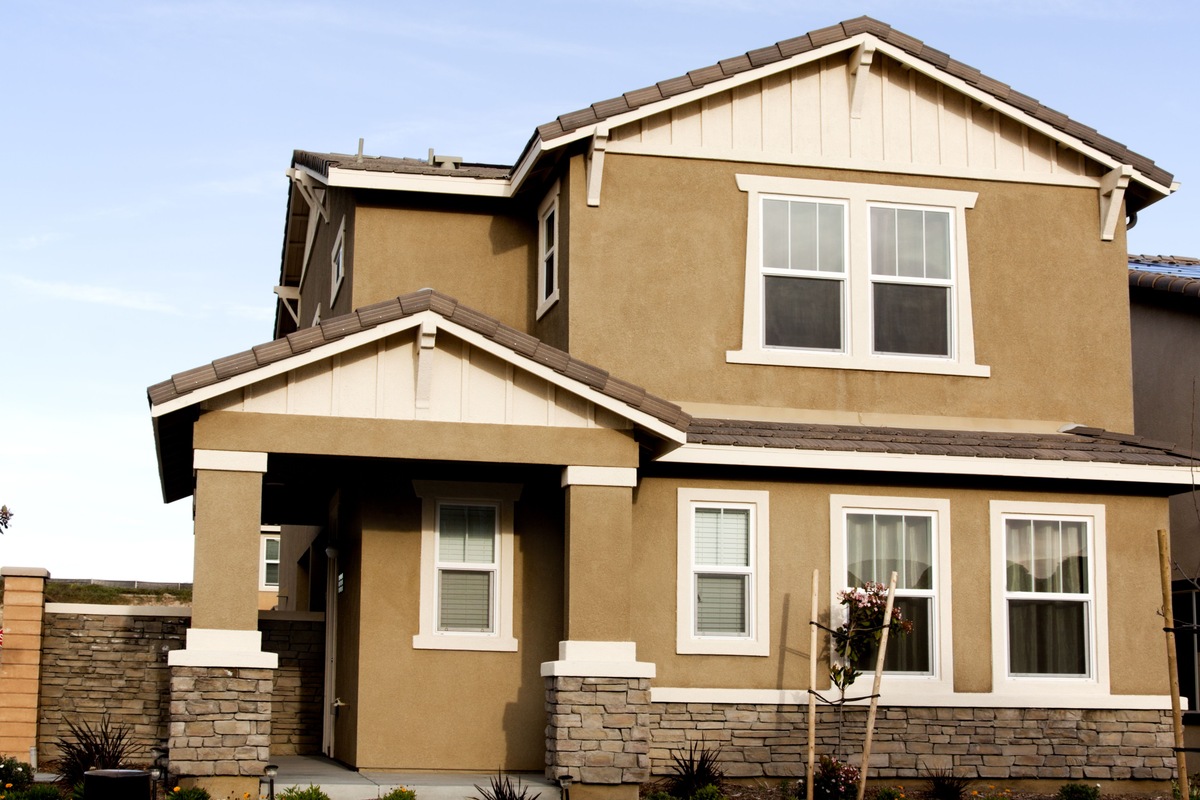

Building Materials
What Is Cheaper Stucco Or Siding
Published: January 17, 2024
Discover the cost-effective building materials for your home. Compare the expenses of stucco and siding to make an informed decision.
(Many of the links in this article redirect to a specific reviewed product. Your purchase of these products through affiliate links helps to generate commission for Storables.com, at no extra cost. Learn more)
Introduction
When it comes to enhancing the exterior of your home, the choice between stucco and siding is pivotal. Both options offer distinct advantages, but one factor that significantly influences decision-making is cost. Understanding the financial implications of these choices is crucial for homeowners seeking to make informed decisions about their property.
In this article, we will delve into the cost considerations associated with stucco and siding. By exploring the financial aspects of these materials, we aim to provide valuable insights that can guide homeowners in selecting the most suitable option for their needs and budget.
Let's embark on a journey through the realm of building materials and their financial implications, shedding light on the question: What is cheaper, stucco or siding?
Key Takeaways:
- Stucco and siding costs vary based on materials, maintenance, and location. Homeowners should consider long-term expenses and material durability when choosing between the two for their homes.
- Factors such as property size, maintenance needs, and contractor selection influence the overall cost of stucco and siding. Understanding these elements helps homeowners make informed decisions aligned with their budget and aesthetic preferences.
Read more: How Much To Replace Stucco With Siding
Cost of Stucco
Stucco, a durable and versatile material, offers a timeless aesthetic appeal that many homeowners find appealing. When considering the cost of stucco, several factors come into play. The price of stucco installation typically ranges from $6 to $9 per square foot. However, this cost can vary based on geographic location, the complexity of the project, and the quality of materials used.
It’s important to note that the cost of stucco extends beyond the installation itself. Maintenance expenses should also be factored in. While stucco is renowned for its longevity, periodic maintenance is essential to preserve its appearance and structural integrity. This may include repainting or patching, which can add to the overall cost of stucco ownership.
Furthermore, the type of stucco chosen can influence the overall cost. Traditional stucco, also known as hard-coat stucco, tends to be more expensive due to the labor-intensive application process. On the other hand, synthetic stucco, or EIFS (Exterior Insulation and Finish System), offers a more cost-effective alternative. While EIFS may have a lower upfront cost, it is essential to consider long-term durability and maintenance requirements when evaluating its overall affordability.
When assessing the cost of stucco, it’s crucial to engage with reputable contractors to obtain accurate quotes tailored to your specific project. By considering installation, maintenance, and material options, homeowners can make informed decisions regarding the financial implications of choosing stucco for their homes.
Cost of Siding
When it comes to siding, the cost varies based on the material chosen, with popular options including vinyl, fiber cement, wood, and engineered wood. Vinyl siding is often the most cost-effective choice, with prices typically ranging from $3 to $8 per square foot. Fiber cement siding, known for its durability and low maintenance, falls within a slightly higher price range of $5 to $12 per square foot. Wood siding, offering a natural and timeless appeal, can cost between $6 and $9 per square foot.
It’s important to consider not only the initial installation cost but also the long-term expenses associated with siding. Factors such as maintenance, repairs, and the lifespan of the material should be factored into the overall cost analysis. For instance, while vinyl siding may have a lower upfront cost, it may require more frequent cleaning and can be susceptible to damage from extreme weather conditions. On the other hand, fiber cement siding, though initially pricier, offers exceptional durability and requires minimal maintenance, potentially resulting in lower long-term costs.
Additionally, the size and layout of the home, as well as any intricate architectural details, can impact the overall cost of siding installation. Homes with complex designs or multiple stories may require more labor and time, thereby increasing the total expenses.
Understanding the cost of siding involves a comprehensive assessment of material prices, installation expenses, long-term maintenance, and the specific requirements of the property. By carefully evaluating these factors, homeowners can make informed decisions regarding the most cost-effective and suitable siding option for their homes.
Factors Affecting Cost
Several factors play a crucial role in determining the overall cost of stucco and siding, influencing the financial considerations associated with these exterior options.
Material Selection
The type of material chosen significantly impacts the cost of both stucco and siding. Each material comes with its own price range, installation requirements, and long-term maintenance considerations. For stucco, the choice between traditional stucco and synthetic stucco (EIFS) can result in varying upfront and long-term costs. Similarly, siding options such as vinyl, fiber cement, wood, and engineered wood offer distinct price points and maintenance needs.
Read more: How To Put Siding Over Stucco
Geographic Location
The geographical location of a property can influence the cost of stucco and siding due to varying labor rates, building codes, and environmental factors. Areas with higher living costs and stringent building regulations may result in increased installation expenses for both stucco and siding projects.
Property Size and Complexity
The size and architectural complexity of a home directly impact the cost of stucco and siding installation. Larger properties require more materials and labor, leading to higher overall expenses. Additionally, homes with intricate designs, multiple stories, or unique architectural features may necessitate specialized installation techniques, further affecting the total cost.
Maintenance and Long-Term Durability
Considering the long-term maintenance and durability of stucco and siding is essential when assessing their cost-effectiveness. While stucco is known for its longevity, it may require periodic maintenance, such as repainting or patching, which adds to the overall cost of ownership. Similarly, the maintenance requirements and expected lifespan of different siding materials should be factored into the cost analysis.
Contractor Selection
The choice of contractor for stucco or siding installation can impact the overall cost. Experienced and reputable contractors may charge higher rates but offer quality workmanship and reliability, potentially resulting in lower long-term expenses. Conversely, opting for inexperienced or unqualified contractors based solely on lower quotes can lead to subpar installations and costly repairs in the future.
By considering these factors, homeowners can gain a comprehensive understanding of the cost implications associated with stucco and siding, empowering them to make informed decisions aligned with their budget and aesthetic preferences.
Read more: What Is Cheaper: Carpet Or Laminate?
Conclusion
As homeowners navigate the decision-making process regarding exterior materials, the question of cost plays a pivotal role in shaping their choices. The comparison between stucco and siding unveils a multifaceted landscape of financial considerations, encompassing installation expenses, long-term maintenance, and material durability.
When evaluating the cost of stucco, it’s essential to factor in the upfront installation expenses, which typically range from $6 to $9 per square foot. Additionally, the choice between traditional stucco and synthetic stucco (EIFS) can influence the overall cost, alongside long-term maintenance requirements.
On the other hand, siding options such as vinyl, fiber cement, wood, and engineered wood present varying price points, with vinyl siding often being the most cost-effective choice. However, long-term maintenance and material durability should be carefully weighed when assessing the true cost of siding.
Factors such as geographic location, property size and complexity, maintenance needs, and contractor selection further contribute to the overall cost equation. By considering these elements, homeowners can make informed decisions aligned with their budget, aesthetic preferences, and long-term financial outlook.
Ultimately, the question of whether stucco or siding is cheaper is contingent on a myriad of factors, each intertwined with the unique characteristics of the property and the homeowner’s priorities. By conducting thorough research, obtaining detailed quotes, and engaging with reputable contractors, homeowners can navigate the realm of stucco and siding costs with confidence, ensuring that their exterior investment aligns with their financial objectives and enhances the beauty and resilience of their homes.
Frequently Asked Questions about What Is Cheaper Stucco Or Siding
Was this page helpful?
At Storables.com, we guarantee accurate and reliable information. Our content, validated by Expert Board Contributors, is crafted following stringent Editorial Policies. We're committed to providing you with well-researched, expert-backed insights for all your informational needs.
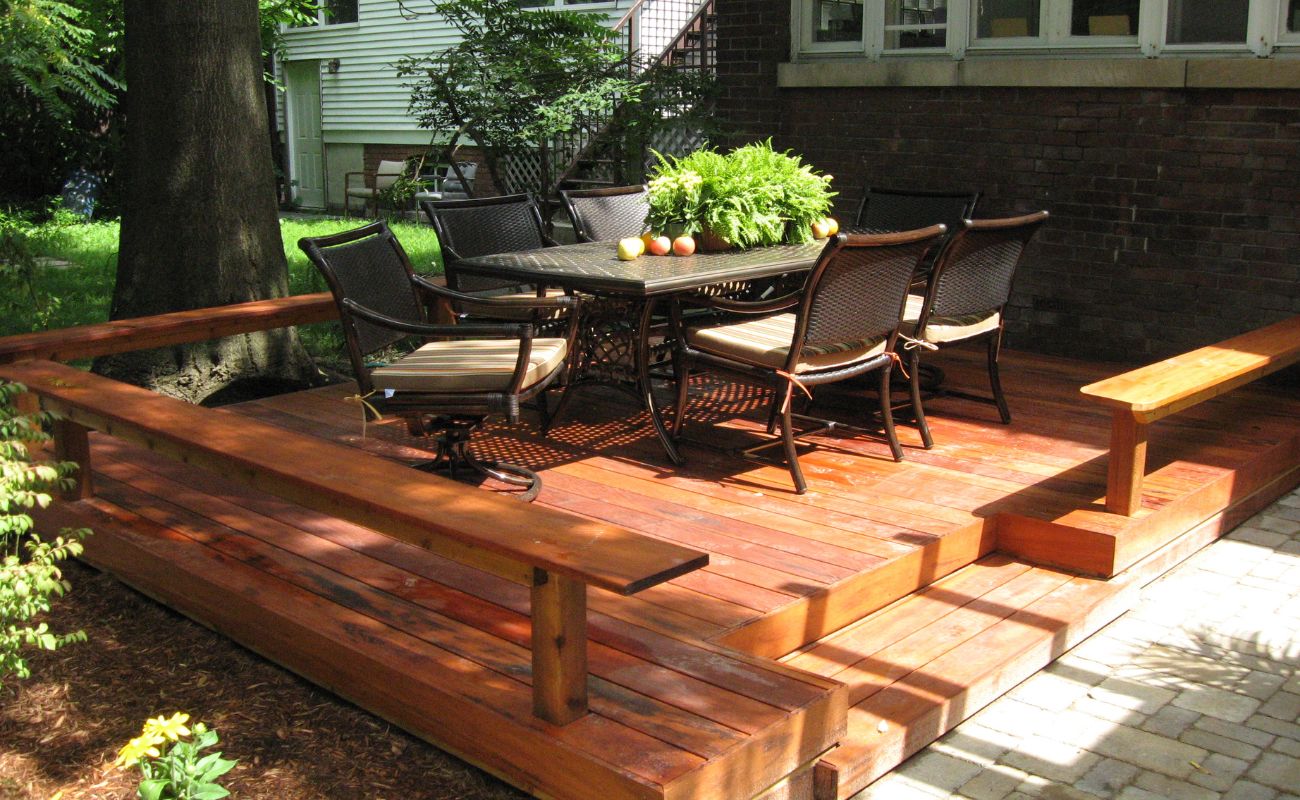
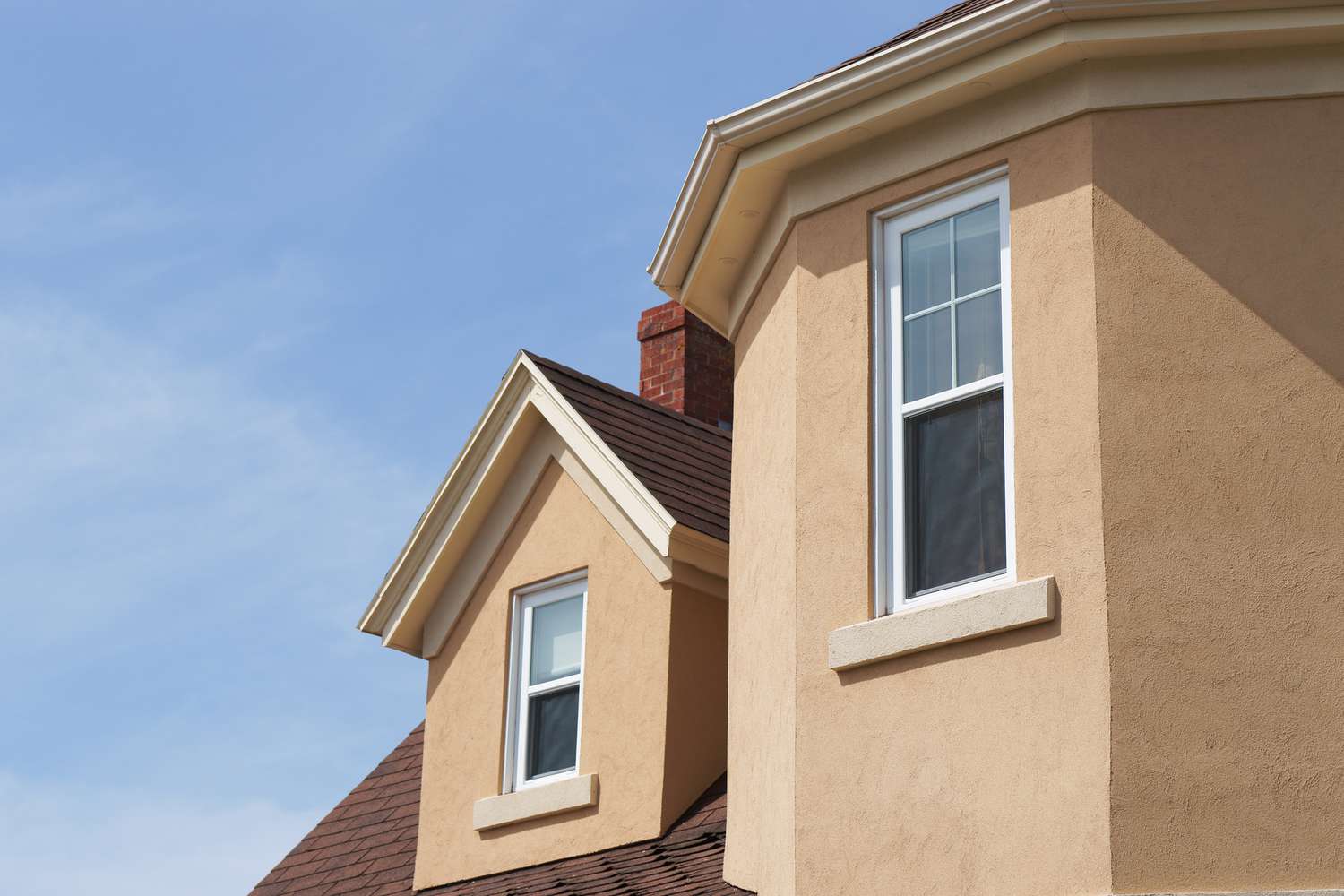
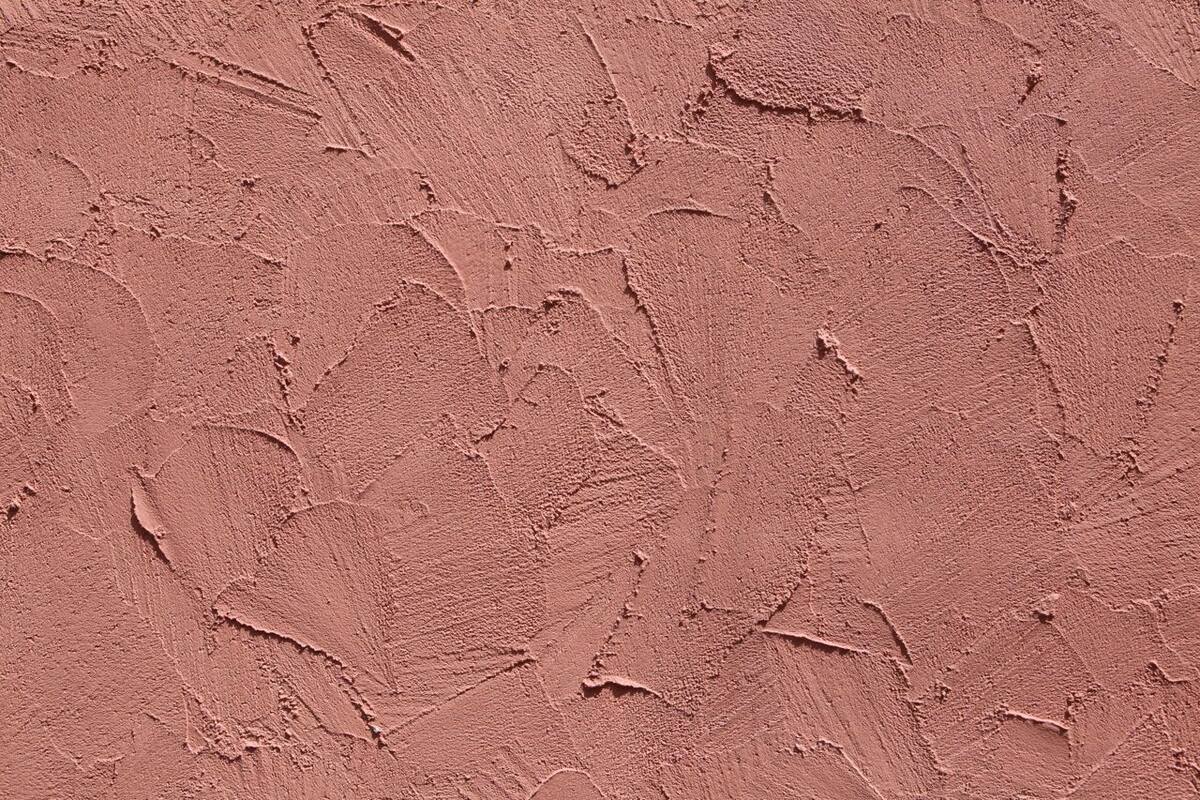
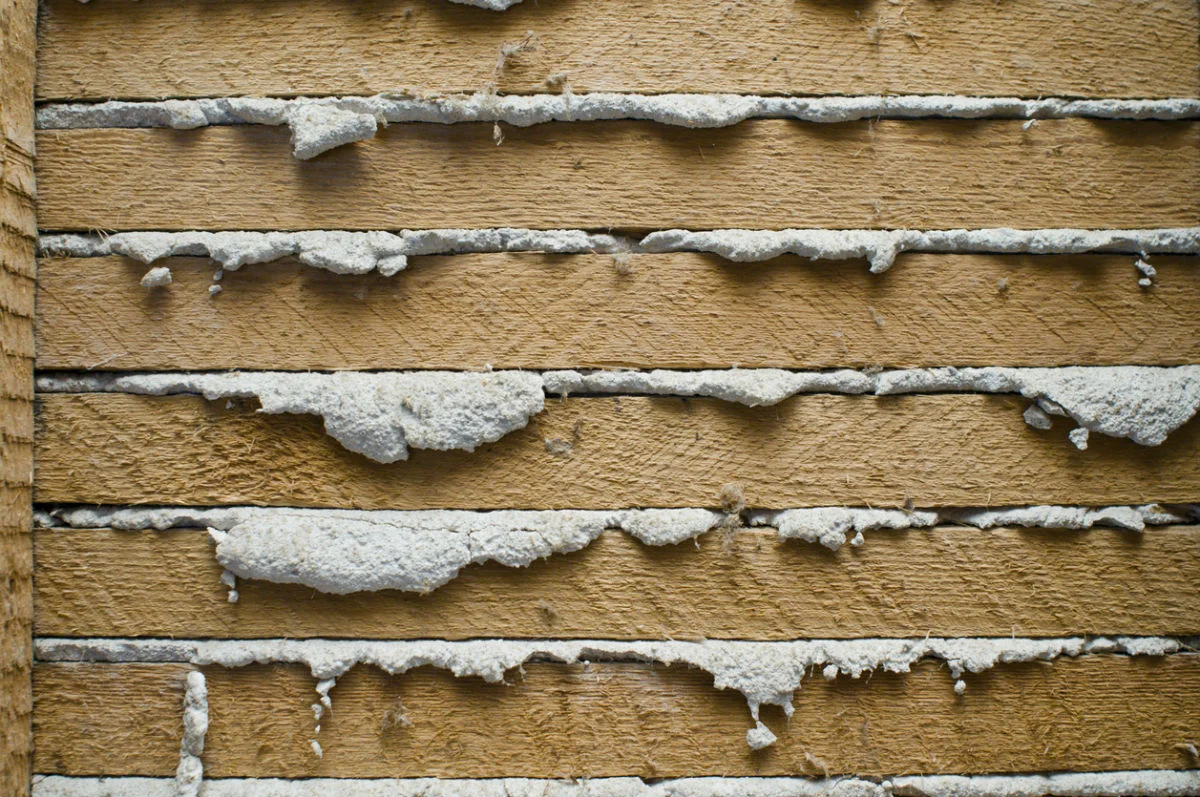
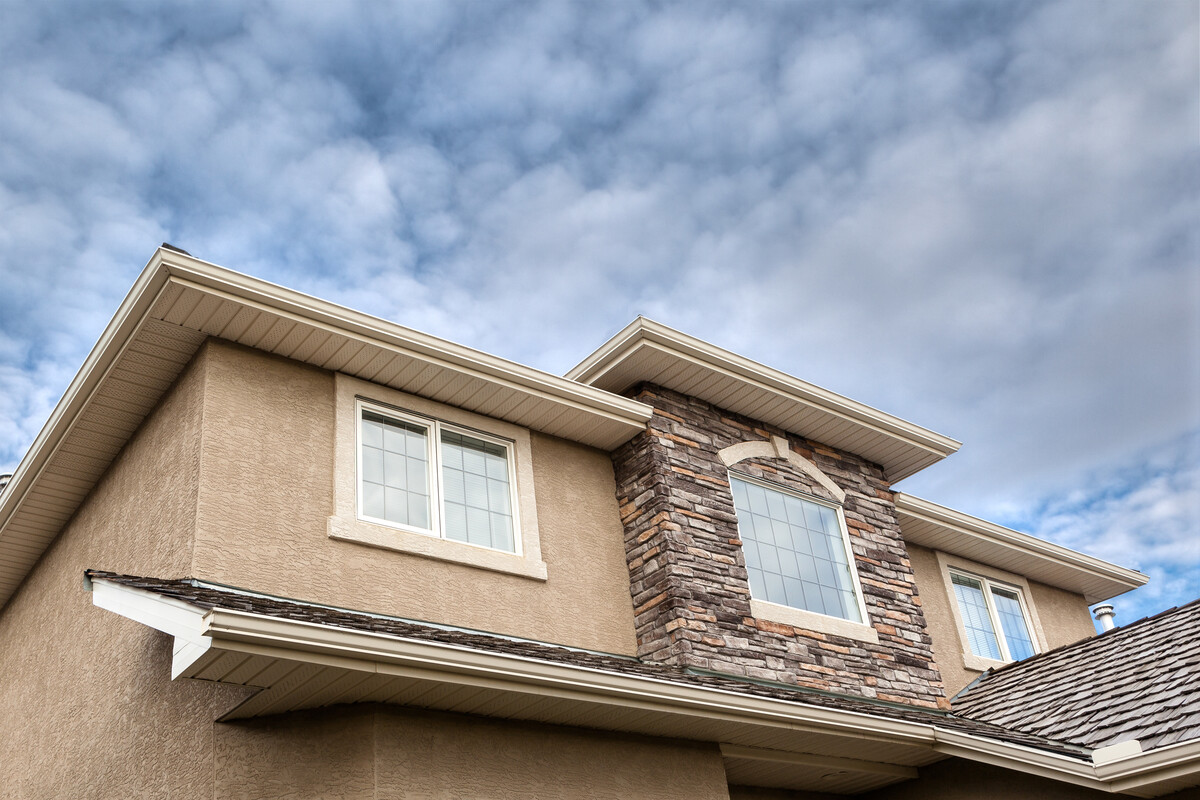
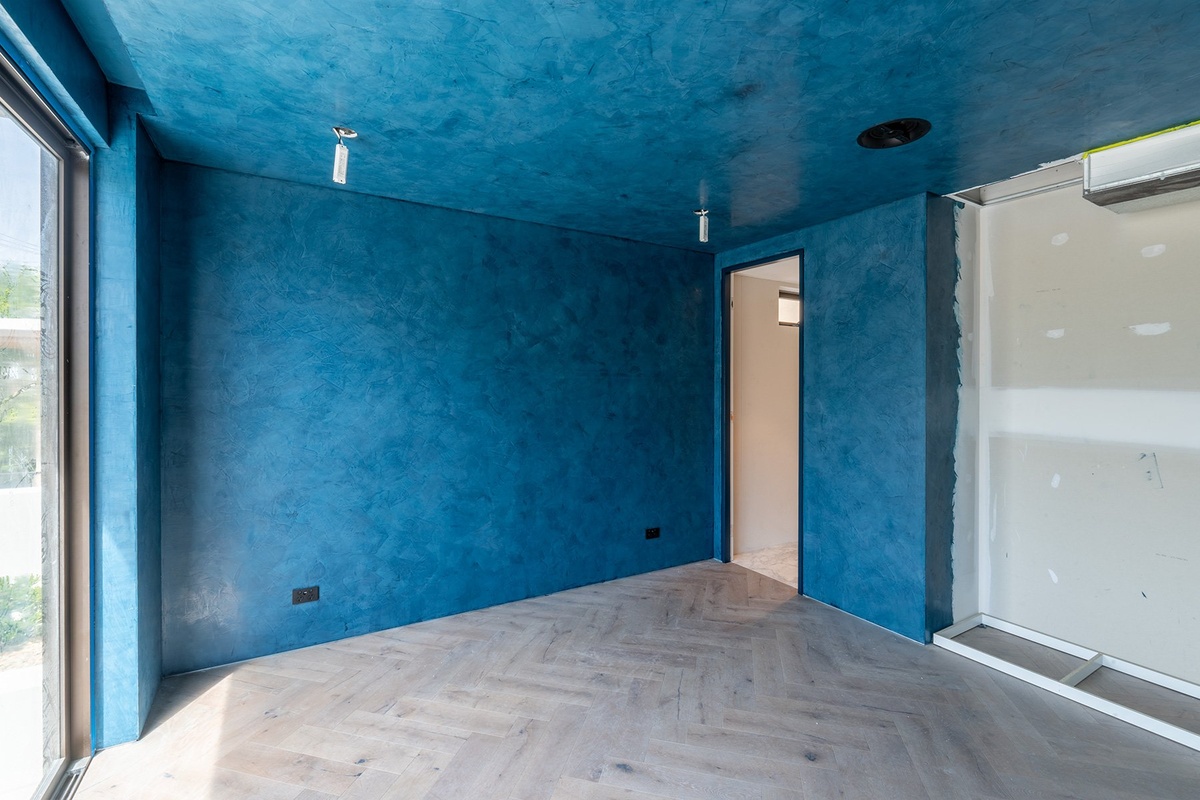
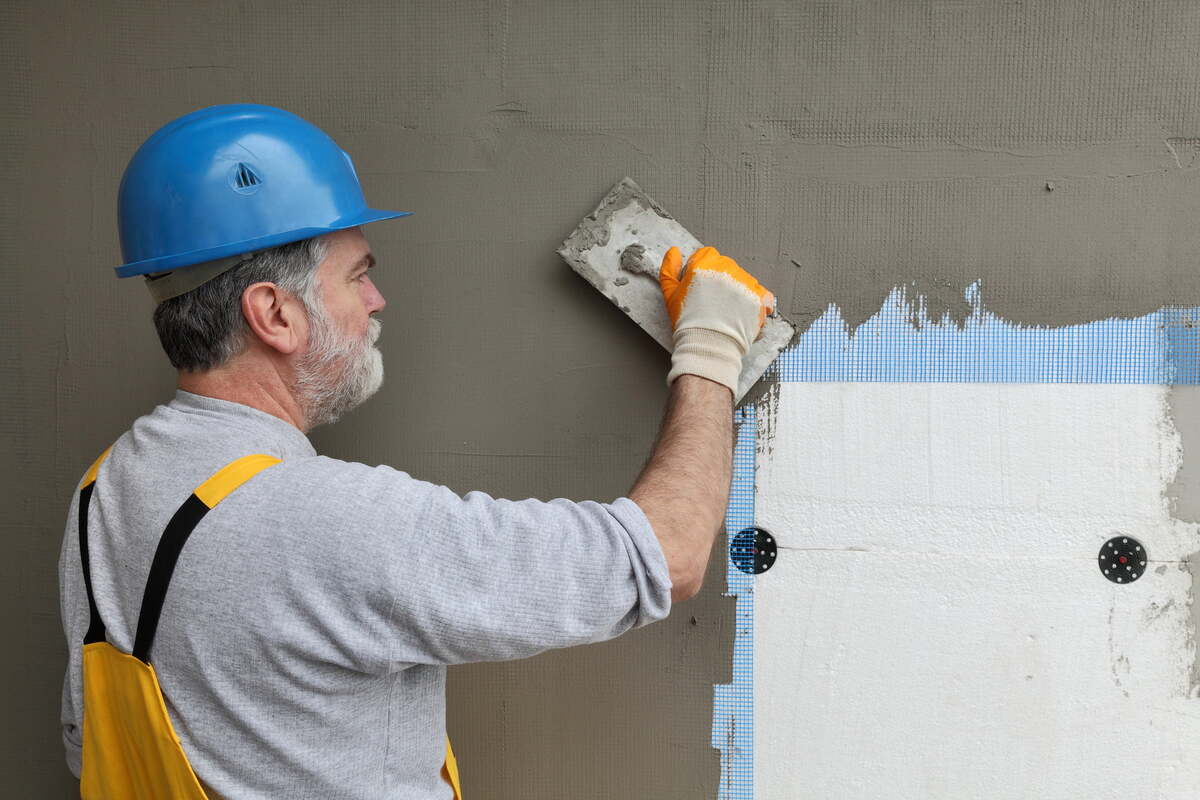
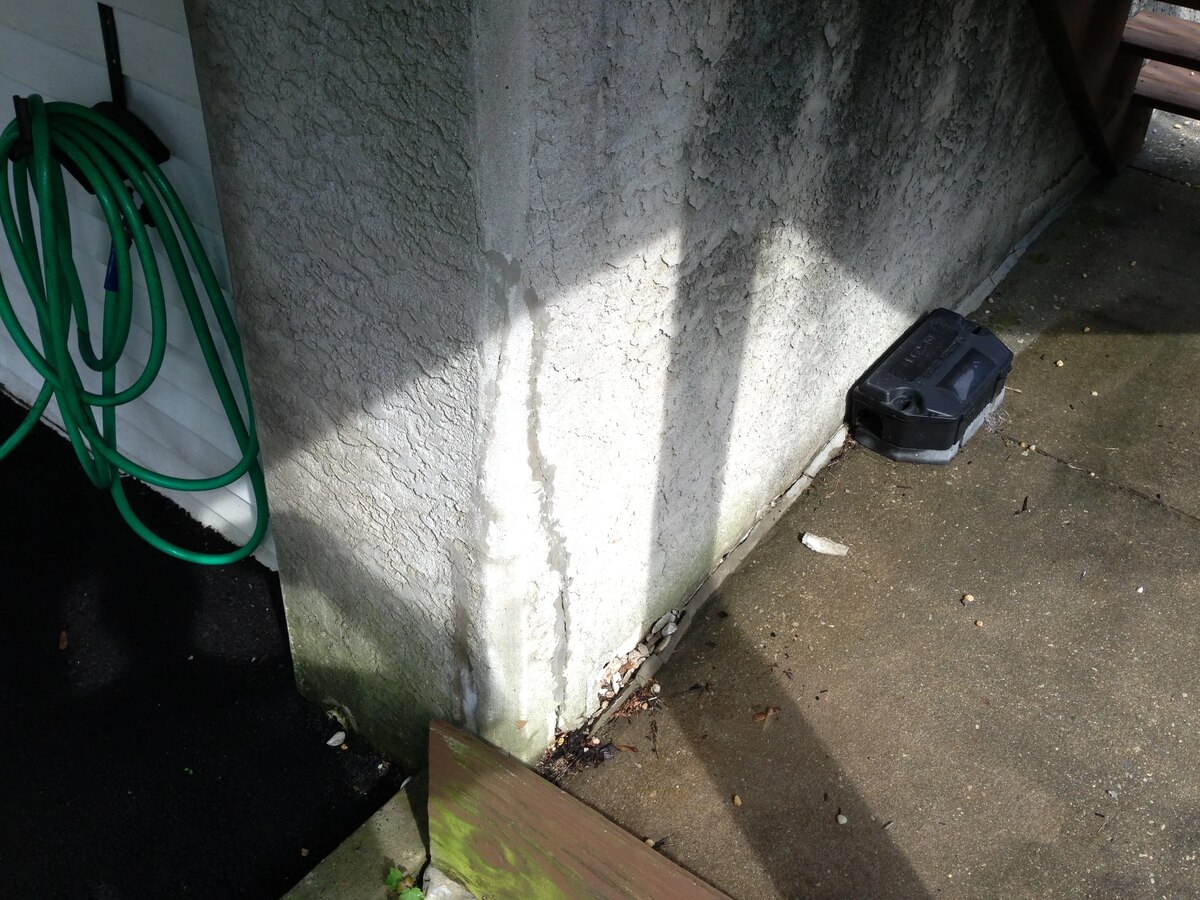
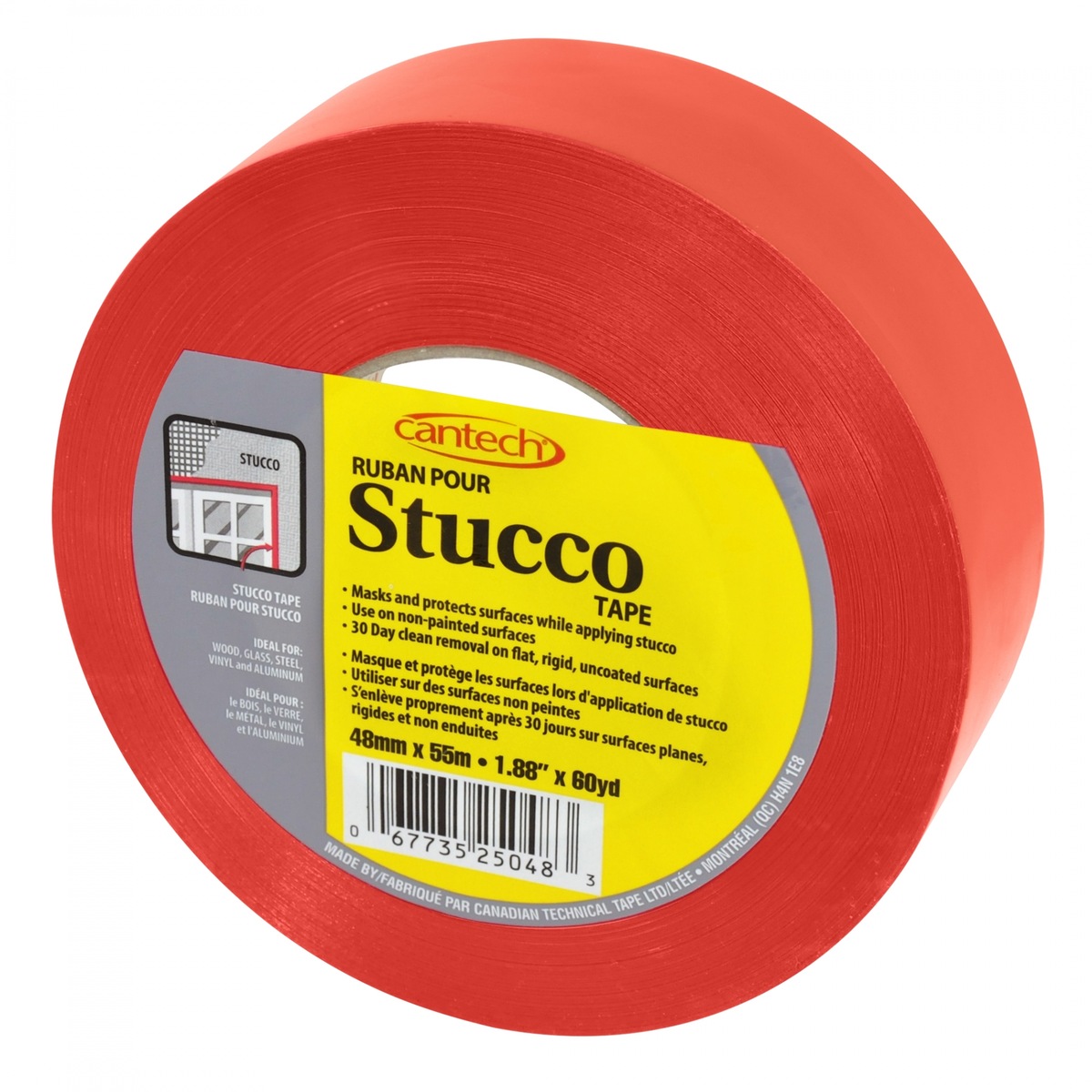
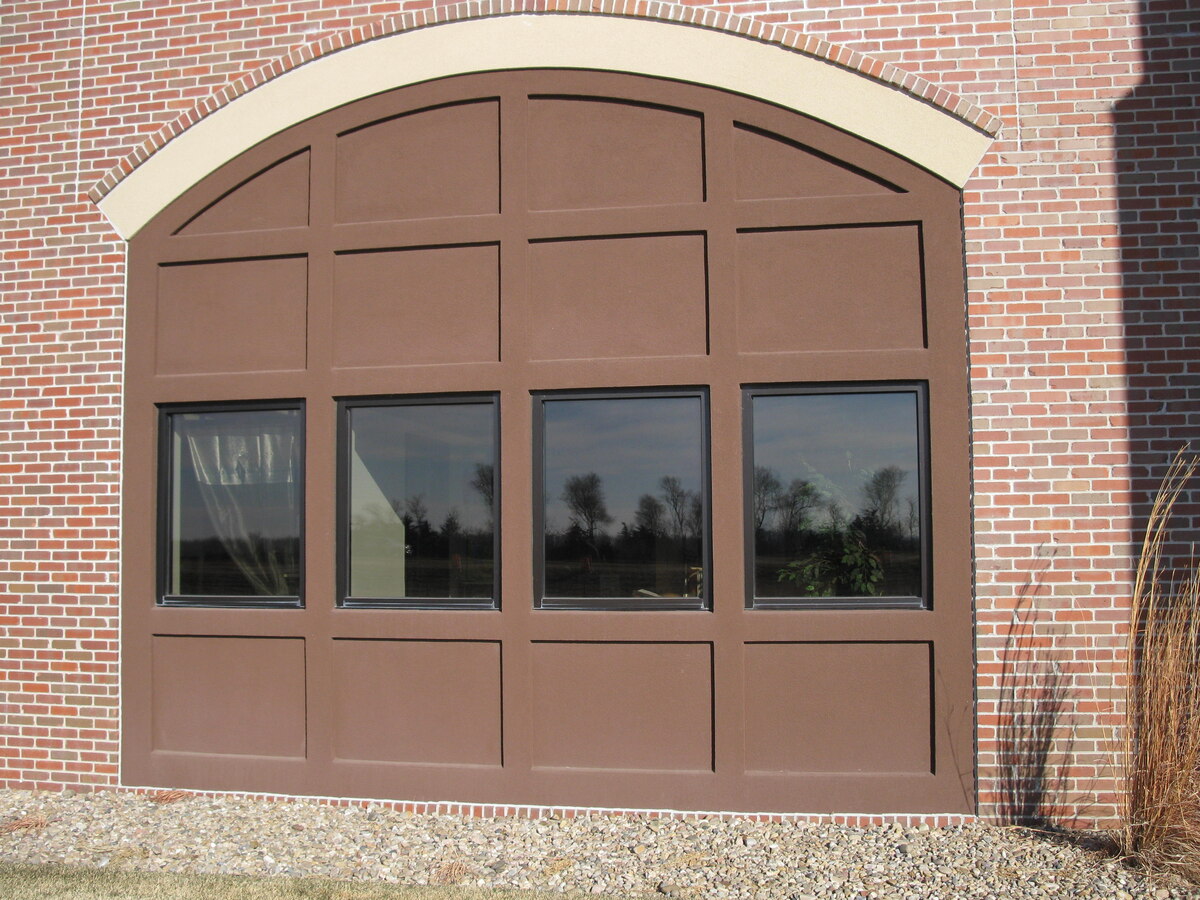
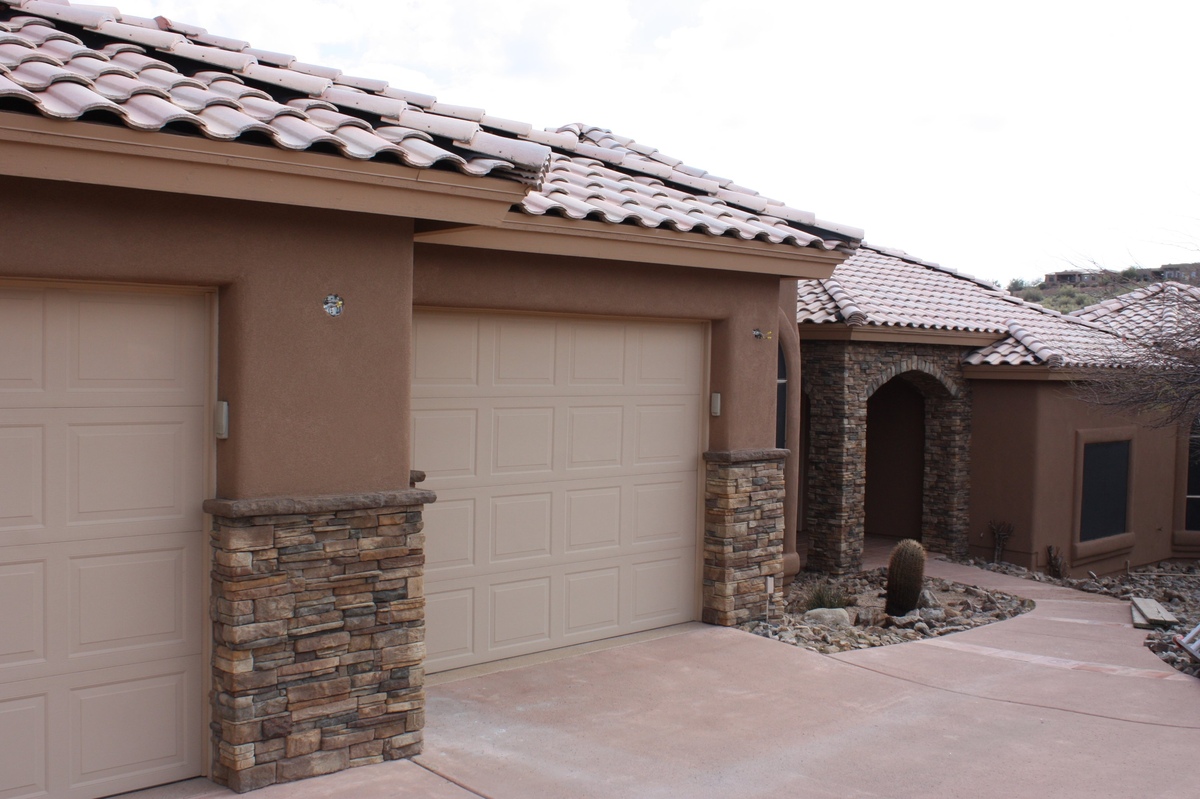
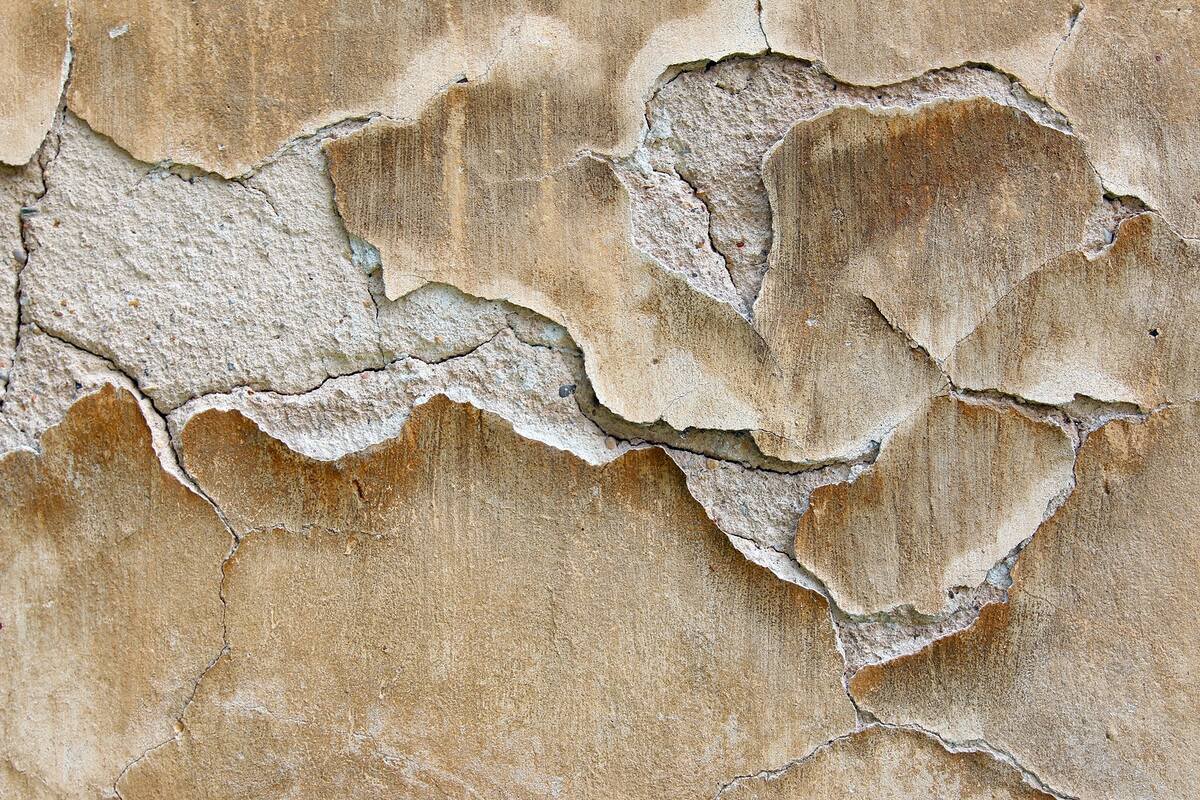
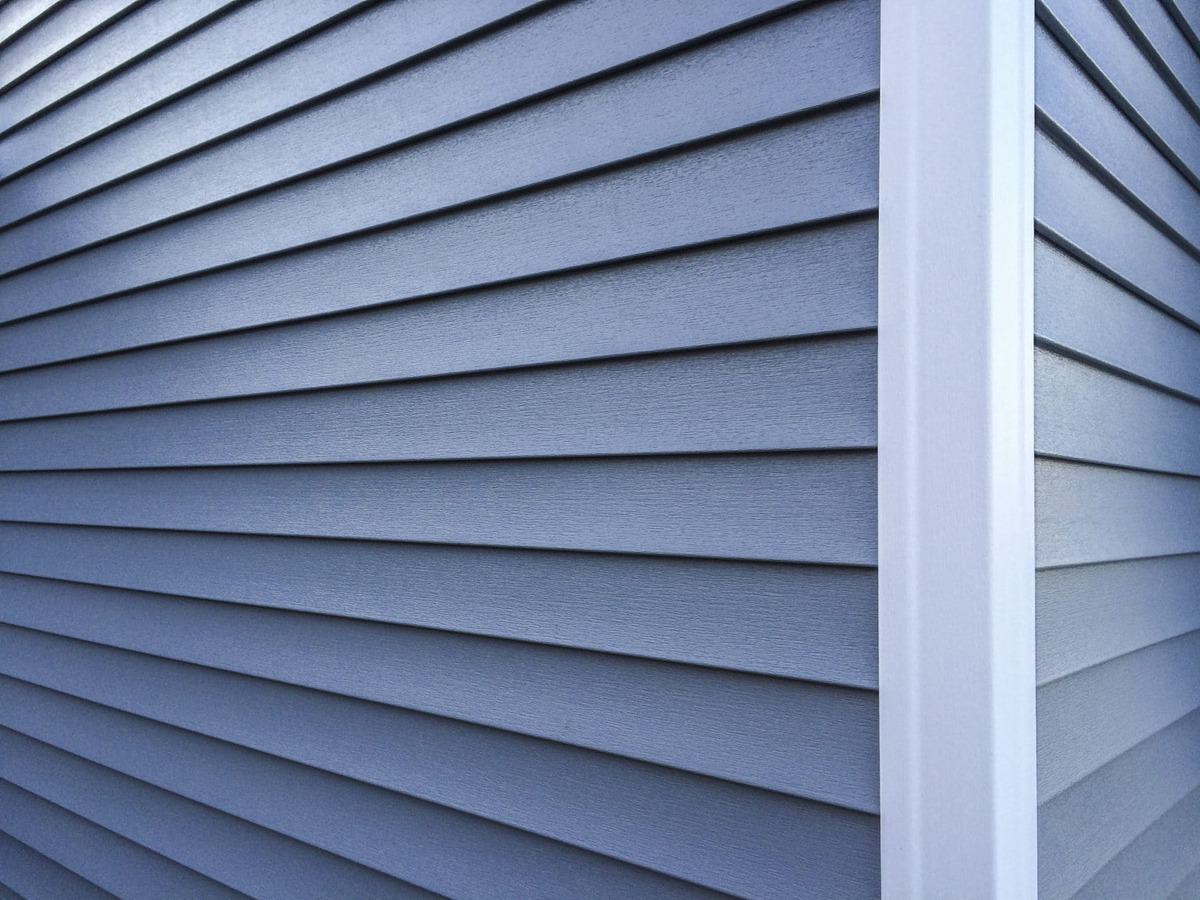

0 thoughts on “What Is Cheaper Stucco Or Siding”